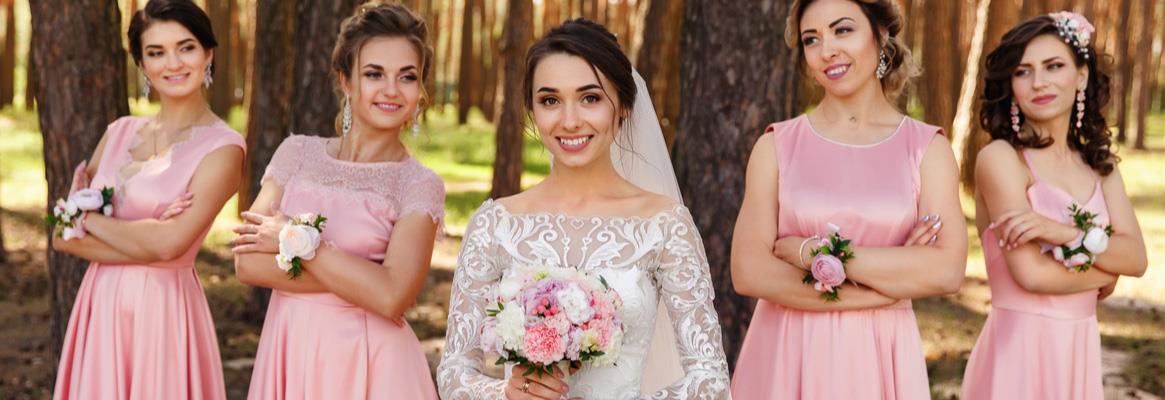Industry trends are often, if not always, dictated by the demographic that makes up the majority of paying customers. In this era, the majority of paying customers are millennials. This means that the culture, traits, and spending habits that are unique to this generation reflect the trends that come and go in every industry. By understanding your target market, you’re also able to more or less predict the trends that are likely to rise from their influence. The trends below are a perfect example:
The shift toward mass-market production
Wedding gowns are extremely expensive, especially when you consider they’re only worn once. The national average cost of a wedding dress in the US is $1,631, with prices that range from $500 to $4,000. Not everyone is able to spend that much money on a wedding dress. Millennials would rather spend money to enjoy an experience instead of spending money to own material things. While they definitely aren’t going to cheap out on the dress, they aren’t going to splurge on it either.
Versatile wedding attire
This rise in the use of wedding tops, skirts, and bottoms from designer brands stems from the desire for a more functional approach to wedding attire. Instead of spending a fortune on an outfit that is going to be worn only once, brides, grooms, and even guests now gravitate towards pieces that can be used again. This is a trend that also stems from the desire of millennials to spend on a social media-worthy experience than on a material item.
Online shopping
Almost every echelon of the fashion industry has opted for a boutique and online store approach, considering how tech-savvy the majority of customers are. From fast-fashion retailers to luxury and high-end brands, the fashion industry has recognised the value in establishing an online transaction platform.
The bridal market is also beginning to jump on this trend. Online shopping is just as beneficial to retailers as it is to consumers for how it grants them access to a wider range of products, whether its clothes, bridesmaid and Groomsmen gifts, and other wedding essentials. This also exposes retailers and wedding dress-makers to a wider range of prospective clients.
Millennial pink
Briders used to be very selective of their dress colour, often opting to stick to traditional colours such as white, cream, and ivory. More brides have taken a bolder choice of colour in pink and blush and this is evident in the rising number of mass retailers that have begun to produce wedding dresses in pink and blush.
It’s important to stay up to date on industry trends, even when they are dynamic and ever-changing. Trends are representative of consumer desires and technological advancements. By understanding these trends, business owners can capitalise on the demand, even if that demand will likely only be temporary. Not only does this allow you to rake in more sales when you ride the trend, but it also presents an opportunity to show your customers that you are willing and able to adapt to an ever-changing market to stay relevant.










Comments